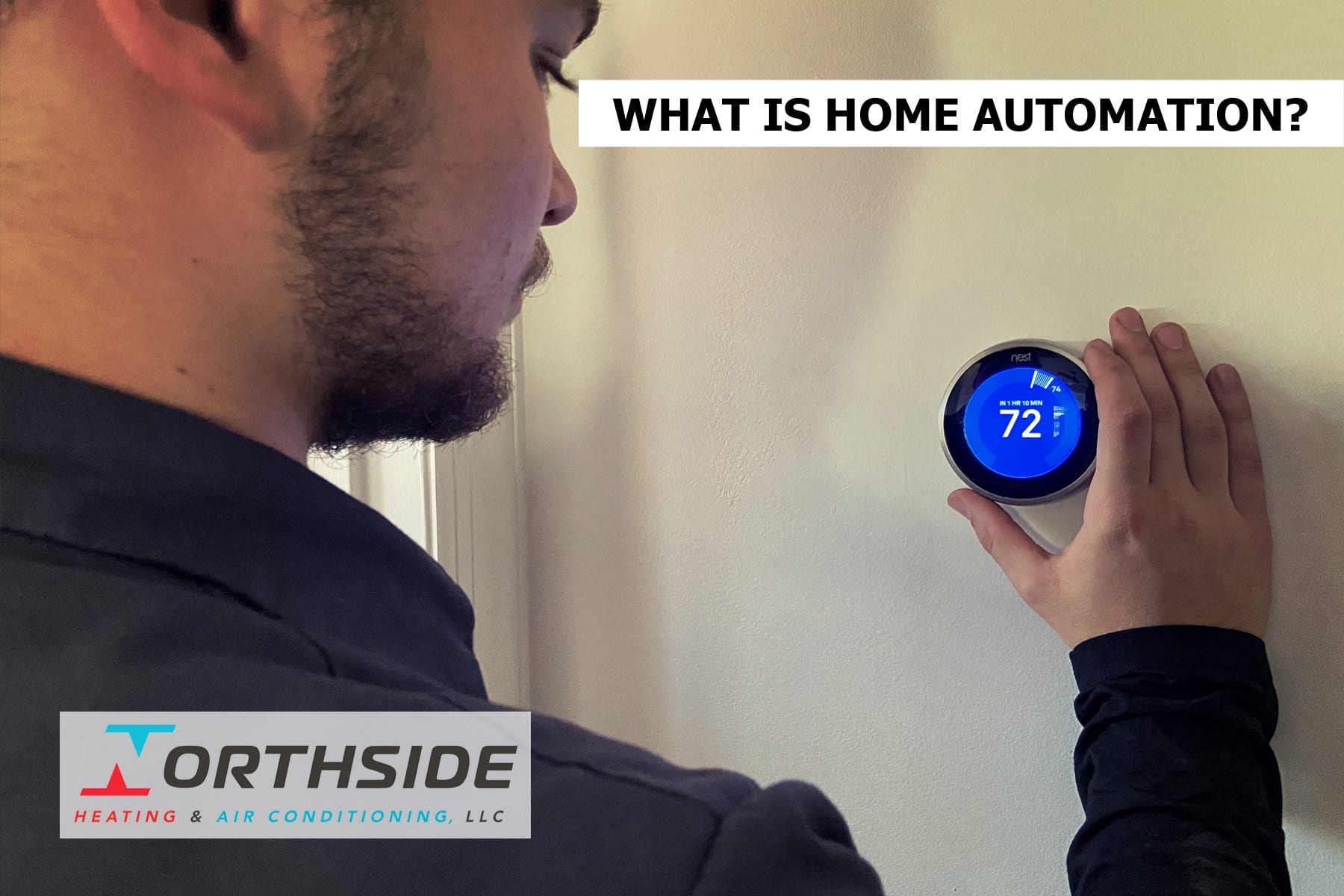
Home automation is the use of Wi-Fi, remote control, or other innovative technologies to gain control over your household appliances and devices using your smartphone. It allows you to access your residential or in-office devices using your smartphone or tablet, regardless of where you are.
Home automation is typically used for programmable devices, such as sprinkler systems, HVAC systems, thermostats, and home security systems. But home automation is a quite broad and wide-ranging term as it includes a plethora of household systems, such as lights, appliances, security systems, and door locks, kitchen appliances, electrical outlets, and more.
It involves the integration of all household amenities and devices with a remotely controllable network that can be used from your smartphone, tablet, or laptop. It can also be used to set up a live video surveillance system, special alarms to prevent intrusions, window locks, fire and smoke detectors, and even real-time message and email updates.
Keep reading to learn more about home automation and what it entails.
Home Automation: Developments & Innovations
A few years ago, home automation was largely associated with luxury residential properties and high-end commercial buildings. It extended to heating and cooling systems, lighting, and security systems. However, more recent innovations in home automation provide more advanced control with superior tools for monitoring, scheduling, and personalizing features. Naturally, such systems offer more convenience.
Home automation systems, such as Google Home and Alexa, offer more than just automation as such systems offer a digital personal assistant, powered with artificial intelligence (AI), to respond to all your queries and perform various tasks. You see, home automation is now diving head-first towards the “Internet of Things”, which supports remote access and monitoring.
Smart devices and appliances can be connected with Wi-Fi, while home automation networks are also integrated with electrical systems and outlets. This allows users to operate light switches and appliances using their smartphones. In the commercial sector, this technology proves immensely useful in tracking and managing inventory and stockpiles.
Decoding Automation
Automation is a term that refers to programming, scheduling, and personalizing activities and features of any and every device added to the network. This programming can be diverse, for instance, time-focused commands, such as turning the thermostat off when no one is at home or switching off the lights at night. A device can also be automated to trigger the security alarm as soon as an intrusion is suspected or triggering the smoke alarm if a fire erupts or smoke rises in a room.
The possibilities of scheduling are endless and diverse when it comes to home automation, and it proves immensely beneficial in making life convenient, simpler, and more efficient. You can install smart electrical outlets to reduce your energy consumption and your utility bills from lighting fixtures, heating, and cooling systems, and more. You can also program your home automation system to lock your windows and doors, and unlock them when you’re back home.
Home automation also offers the possibility of remote access and monitoring. You can connect your home networks and appliances with your smartphones or tablets, and monitor your space regardless of where you are.



